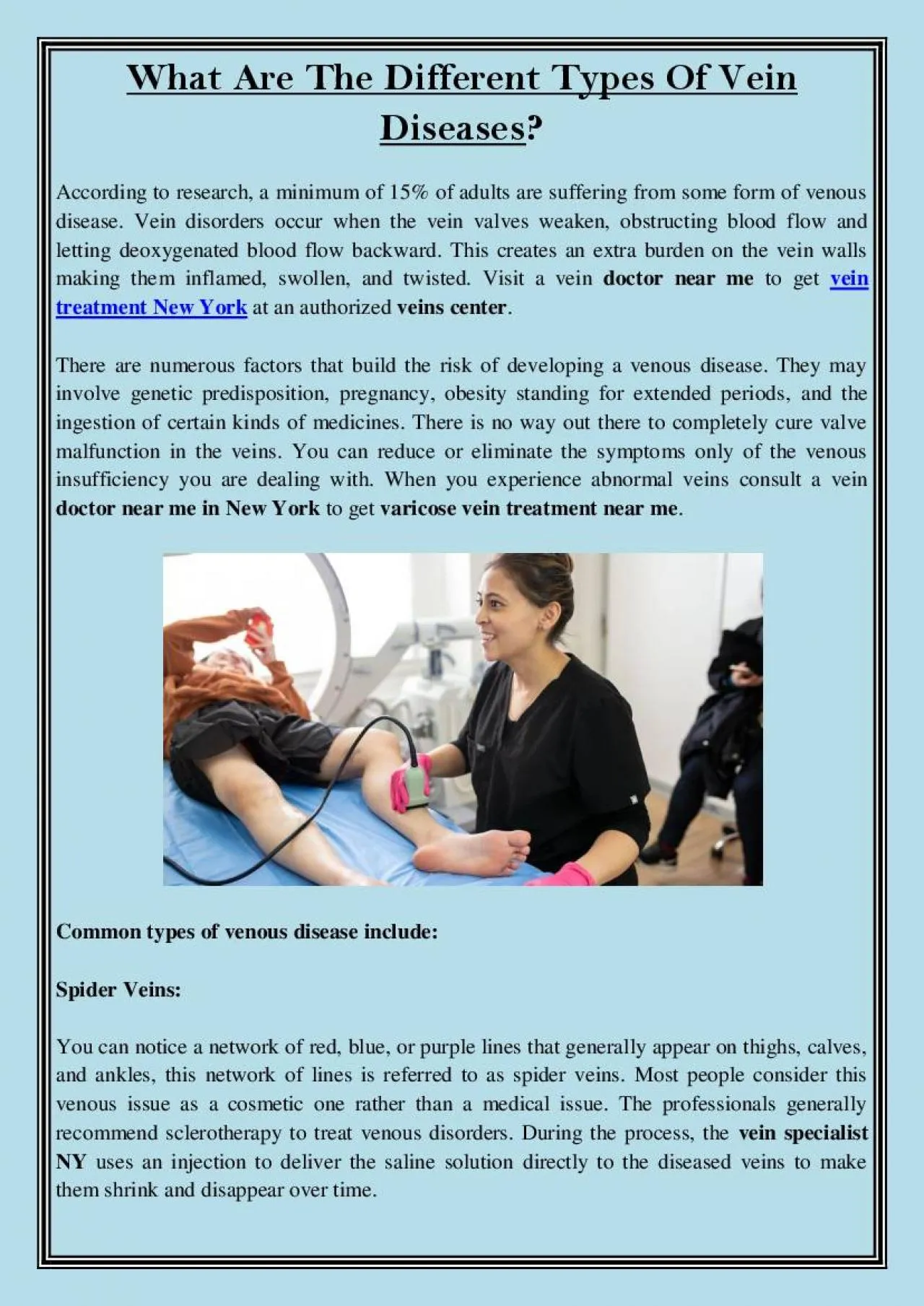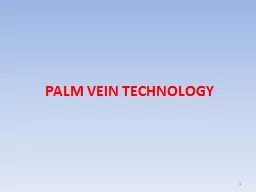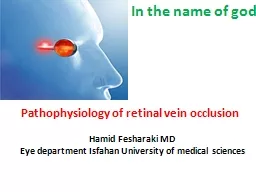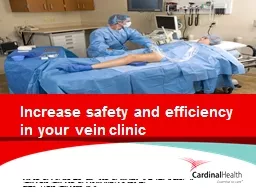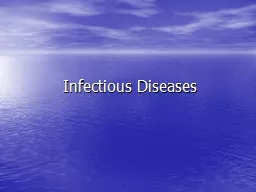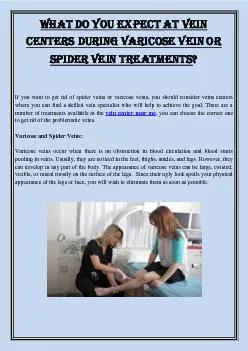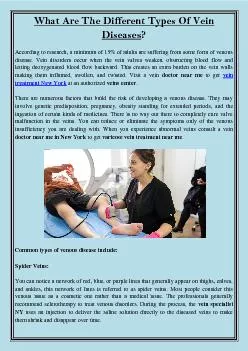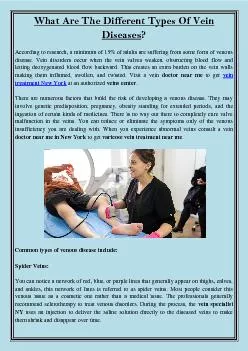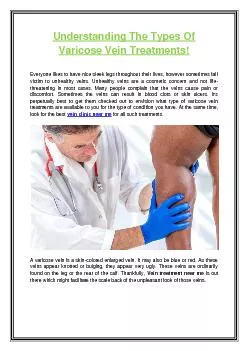PDF-What Are The Different Types Of Vein Diseases?
Author : Darrinduffy | Published Date : 2021-10-15
If you are dealing with venous insufficiency and want to end this suffering it is important to initiate the efforts of eradicating them with the consultation of
Presentation Embed Code
Download Presentation
Download Presentation The PPT/PDF document "What Are The Different Types Of Vein Dis..." is the property of its rightful owner. Permission is granted to download and print the materials on this website for personal, non-commercial use only, and to display it on your personal computer provided you do not modify the materials and that you retain all copyright notices contained in the materials. By downloading content from our website, you accept the terms of this agreement.
What Are The Different Types Of Vein Diseases?: Transcript
Download Rules Of Document
"What Are The Different Types Of Vein Diseases?"The content belongs to its owner. You may download and print it for personal use, without modification, and keep all copyright notices. By downloading, you agree to these terms.
Related Documents

